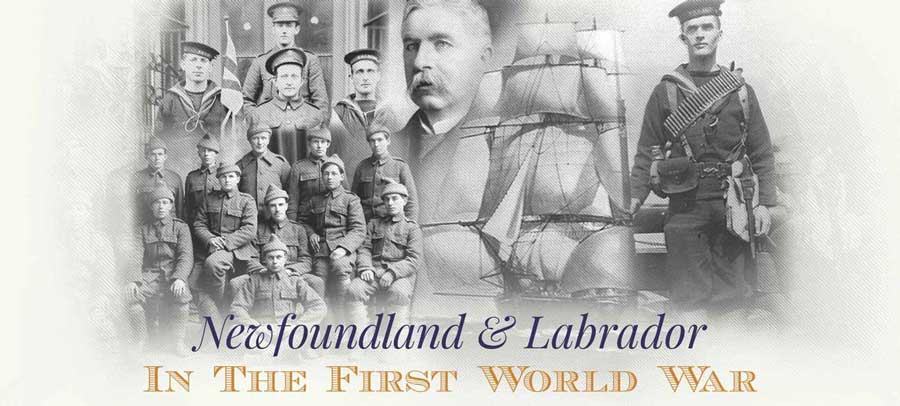Home Front
Approximately 12,000 Newfoundlanders and Labradorians, out of an estimated population of 242,000, enlisted during the war. Nearly as many again volunteered but were rejected. Thousands more were involved behind the scenes, raising the fighting forces, outfitting them, training them, providing comforts, looking out for their families, caring for returned soldiers and sailors, commemorating them, and raising funds. Newfoundlanders and Labradorians were involved in virtually every aspect of the war effort, for the war was fought on many fronts.
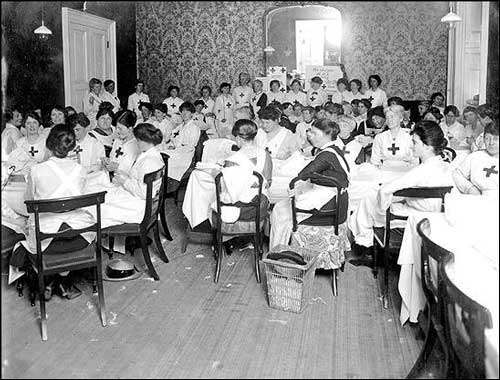
The NPA formed on August 17, 1914 to administer the war effort. It was a non-partisan, extra-parliamentary organization. Its members included the dominion's leading citizens - merchants, lawyers, doctors, clergymen, newspaper editors, educators, members of the legislature, St. John's city councillors, officers of various societies and unions, and representatives of the cadet corps, the Legion of Frontiersmen, and the St. John's Rifle Club. The makeup of its various committees and sub-committees was carefully distributed along political and religious lines.
Outport magistrates established outport branches, but the NPA remained overwhelmingly St. John's based. Administration of the war effort in general was concentrated in the city (population 32,000). It was the social, commercial, and political centre of Newfoundland. Alongside the NPA, the Women's Patriotic Association (WPA), Newfoundland Regiment, and Royal Naval Reserve were all headquartered in St. John's.
Enlistments
Although far removed from the European front lines, the city often assumed the character of a war camp. Thousands of soldiers, sailors, and foresters assembled at St. John's throughout the war to be dispatched overseas. People gathered at the Regiment's camp near Quidi Vidi Lake to watch the men train. Patriotic poetry, prose, and song filled local newspapers and magazines. There were banquets, socials, and farewell parties. The majority of the Newfoundland Regiment's early recruits came from the city, many from the ranks of its cadet corps.
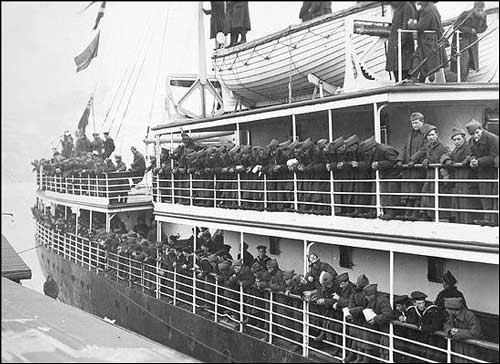
Enlistment rates were also strong in the pulp-and-paper town of Grand Falls. Unlike most other communities in Newfoundland, neither St. John's nor Grand Falls depended primarily on the fisheries for employment. A large number of workers were engaged in trade, manufacturing, and office work, and could be spared without disastrous results to the local economies. In Grand Falls, the local pulp and paper company agreed to subsidize the military pay for any of its employees who enlisted, so their wartime earnings would not be less than their civilian salaries.
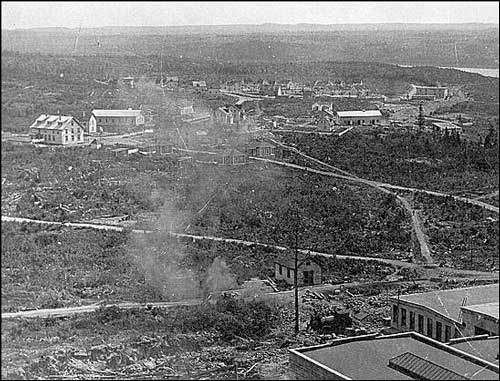
Courtesy of the Heritage Society of Grand Falls-Windsor, Grand Falls-Windsor, NL.
It was a different story in the outports, where the bulk of all men worked in the fisheries. Their departure to the front lines could spell financial ruin for both their families and their communities.
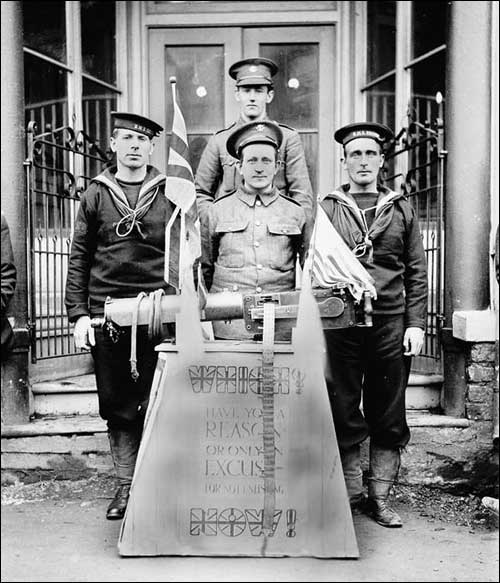
Fundraising
Enlistments aside, Newfoundlanders as a whole were caught up in a whirl of patriotic fund-raising and other charitable activity on behalf of the troops. The Women's Patriotic Association (WPA) spearheaded many of these efforts. The island-wide organization boasted approximately 15,000 volunteers in more than 200 branches across the island. The WPA was unique in its ability to break down the class and religious barriers that had divided Newfoundland society for generations. Its volunteers included the very wealthy and the very poor. They came from outport communities and from urban centres, and they belonged to all of the island's major denominations.
WPA volunteers made and shipped clothing, medical supplies, and other goods to troops overseas; they visited families who had sons, brothers, fathers, or husbands on the front lines; they volunteered in local hospitals; and they arranged for the entertainment of visiting or returned troops. They also raised enormous sums of money, sometimes in coordination with international groups, like the Red Cross and the St. John's Ambulance Association, or with local groups, like the NPA.
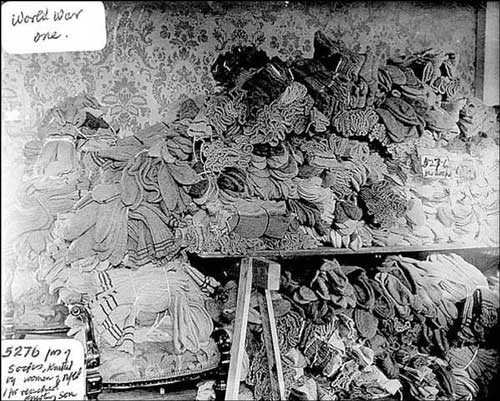
Their campaigns included the Patriotic Fund (designed to assist the dependents of combatants), the Belgian Relief Fund, the Khaki Prisoners Fund, the St. Dunstan's Fund for Blind Soldiers and Sailors, the Mayo Lind Tobacco Fund, the Fish and Brewis Fund, the Aeroplane Fund, the Cot Fund, the Jensen Red Cross Fund, and a host of others. The combined efforts of the WPA, NPA, and other local groups and charities raised an estimated $1,000,000 during the war.
Economy
It was a large contribution from a small dominion, especially at a time when wartime inflation was a growing concern. During the war, Water Street merchants sold many of their largest steel-hulled steamers to Russia, which needed icebreakers to patrol its northern waters. But the sale left Newfoundland with few vessels to import the goods its population depended on. Shortages of coal, flour, salt, and other supplies followed, and prices rose accordingly.
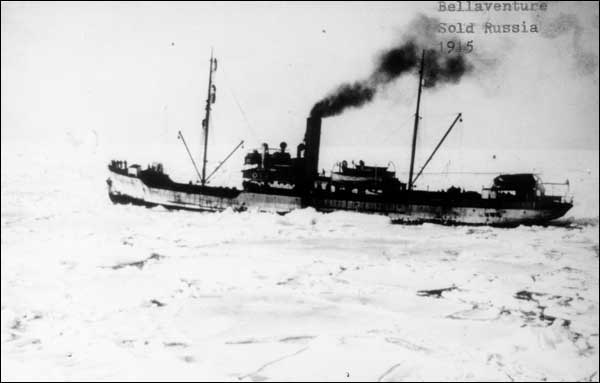
Public controversy erupted after William Coaker, leader of the Fishermen's Protective Union, accused the merchants of profiteering - of using the war to raise prices and rates to unreasonably high levels. His allegations were supported by the findings of the High Cost of Living Commission in the summer of 1917. The government imposed a profits tax later that year and an income tax in 1918.
Inflation was a problem for some families, but the war also brought short-term prosperity to the dominion. As warring nations scaled back their involvement with the cod fisheries, market conditions and profits improved for the Newfoundland fishery. Forestry and mining industries also benefited from the wartime demand for lumber and iron ore exports. The government reported its first financial surplus for years in 1916 and continued to do so for the duration of hostilities.
The long-term effects were not as beneficial. The war siphoned off a good part of the dominion's productive manpower and a significant portion of its wealth. Much spending was devoted to the recruiting, training, and equipping of troops for military service overseas. Despite Newfoundland's repeated surpluses, its heavy wartime spending significantly increased the public debt. The long-term costs of the dominion's involvement in the war were to be considerable - in both financial and human losses.
